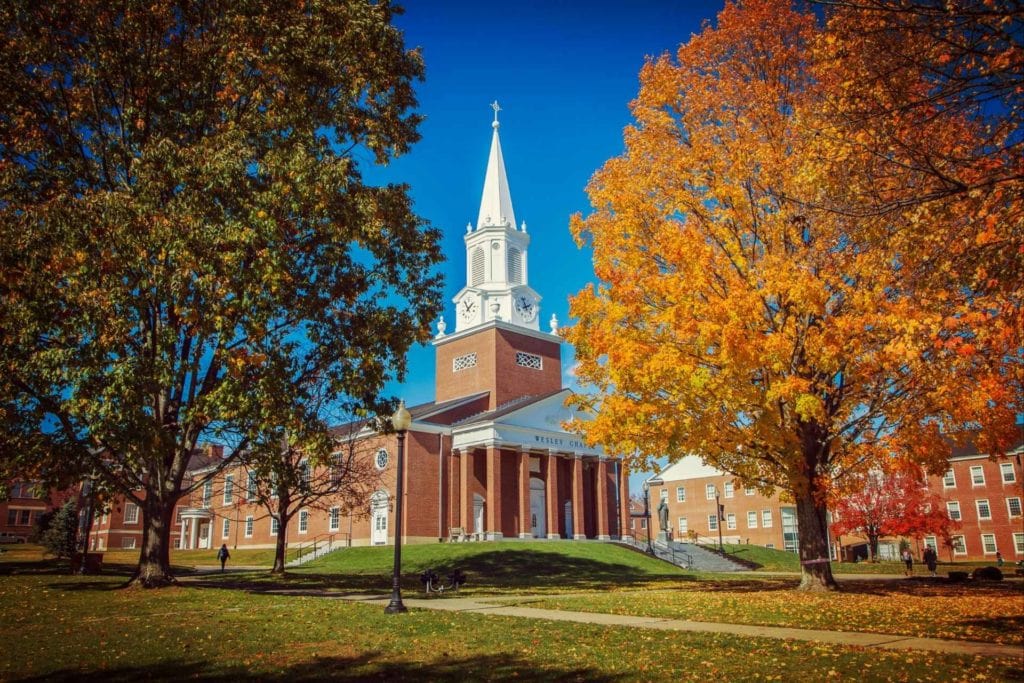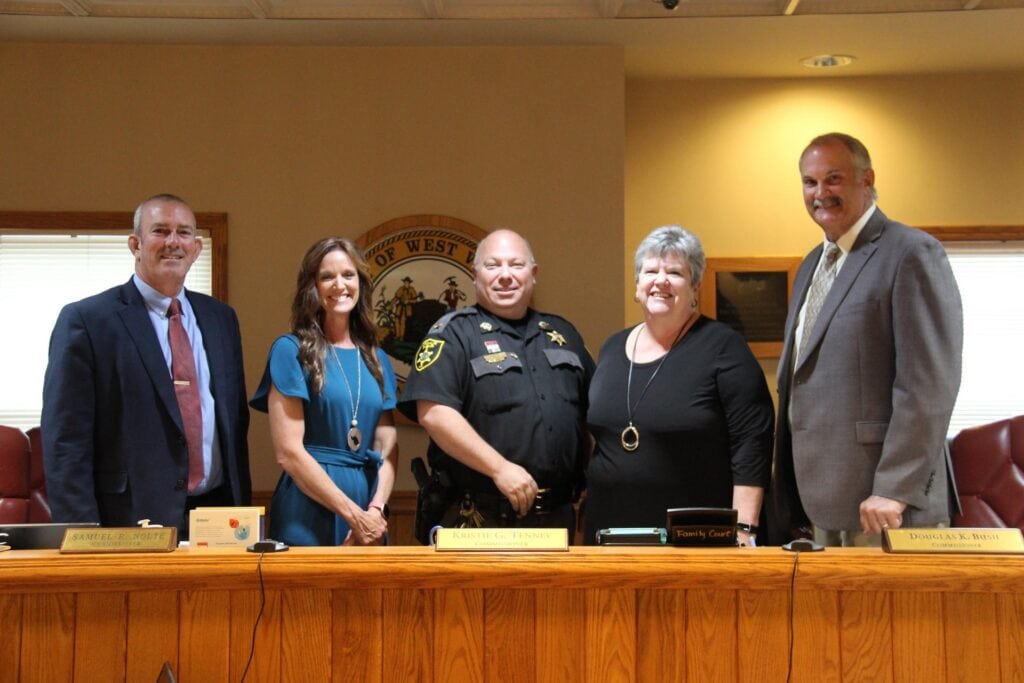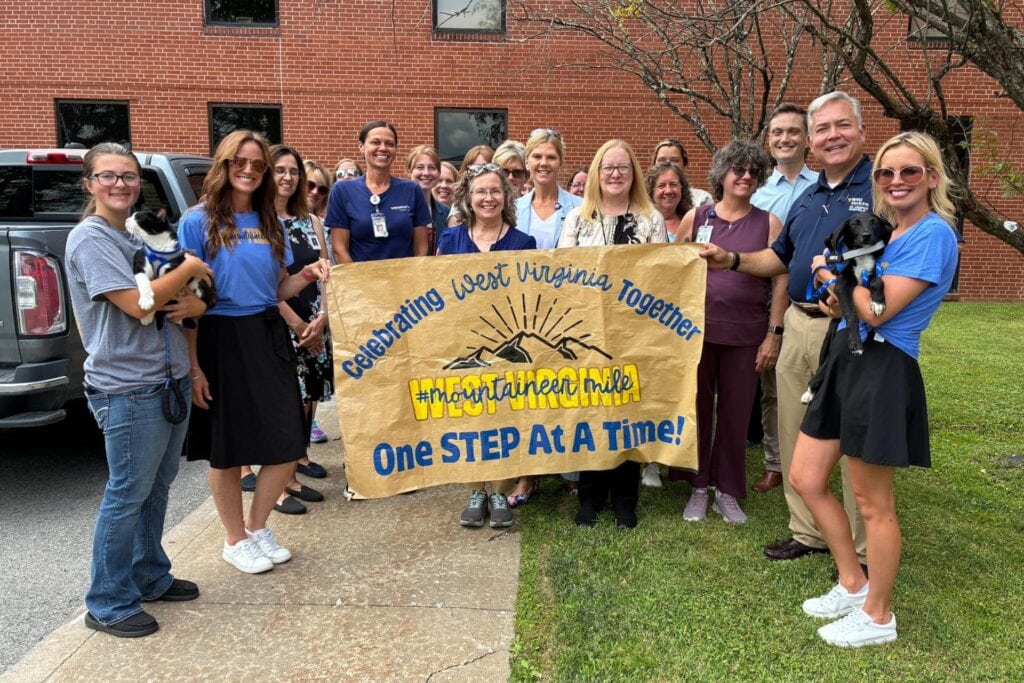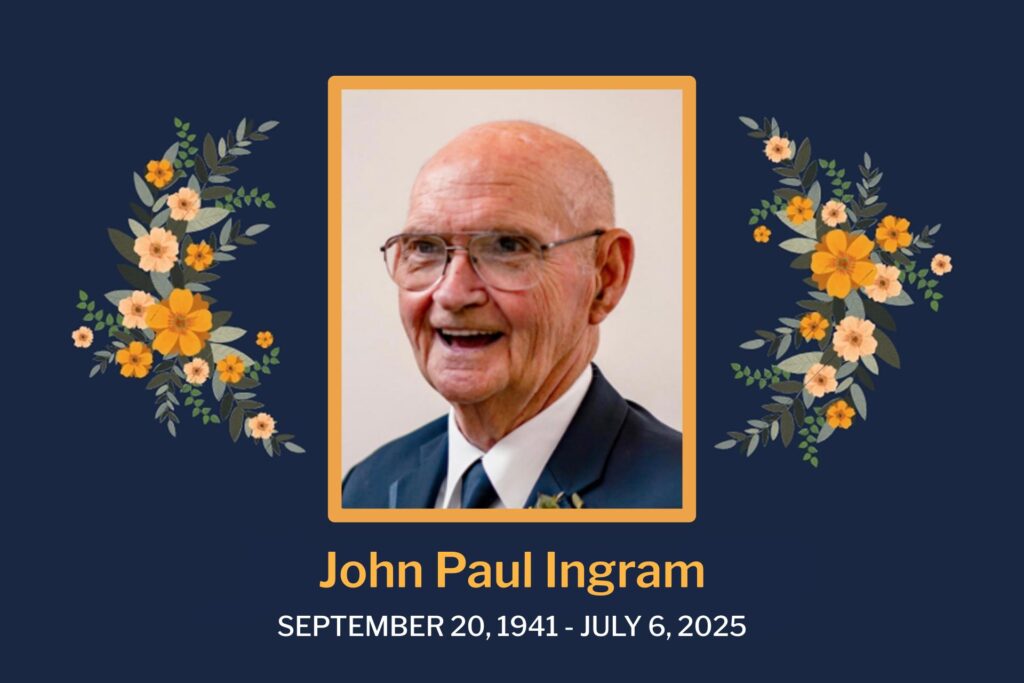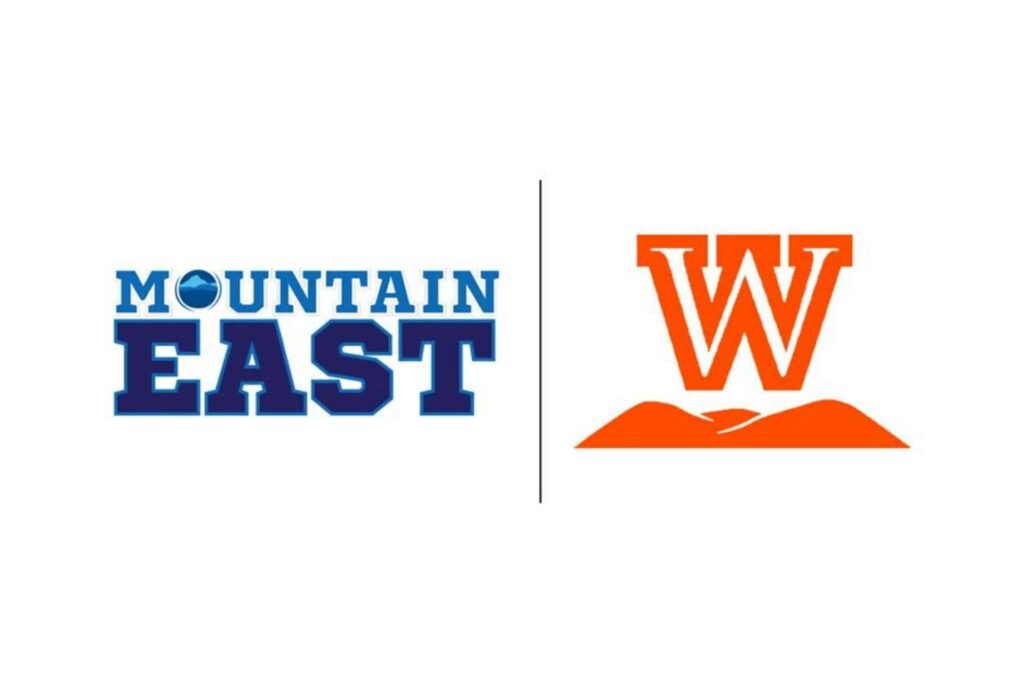Charleston, W.Va. – The following events happened on these dates in West Virginia history. To read more, go to e-WV: The West Virginia Encyclopedia at www.wvencyclopedia.org.
Aug. 28, 1900: Harrison H. Ferrell Jr. was born in Chicago. Known as “the Dean” to generations of students, he was professor of German, 1928–66, at West Virginia State College (now University) and served as dean and in other capacities from 1930 until 1970.
Aug. 29, 1952: A groundbreaking ceremony was held in Mercer County to mark the beginning of construction of the West Virginia Turnpike. Initially, most of the turnpike was just two lanes because officials believed revenues would be too low to finance four lanes.
Aug. 30, 1862: Confederate raiders under the command of General Albert G. Jenkins attacked and occupied Buckhannon, where they captured 20 prisoners and 5,000 stands of small arms.
Aug. 31, 1945: The USS West Virginia led American battleships into Tokyo Bay two days before the formal surrender of Japan on September 2, 1945.
Sept. 1, 1777: Fort Henry, located at what is now Wheeling, was attacked by Indians for the first time. Nearly half the militia were lured outside the post and killed.
Sept. 1, 1907: Walter Phillips Reuther was born to German immigrant parents in Wheeling. Reuther was a founder of the modern labor movement and a long-time president of the United Auto Workers.
Sept. 1, 1921: By this date during the Battle of Blair Mountain, miners had captured half of the 25-mile mountain ridge and were ready to descend upon Logan. President Warren Harding placed the strike zone under martial law, and ordered federal troops and a squadron of bomber aircraft into the state.
Sept. 2, 1722: Frontiersman William Crawford was born in present Jefferson County. He was a farmer, soldier, surveyor, and the land agent of George Washington.
Sept. 3, 1890: West Virginia Wesleyan College opened as the West Virginia Conference Seminary. In that first year, 201 men and women undertook a largely preparatory school curriculum. Gradually the school added college-level studies and awarded its first five degrees in 1905.
Sept. 3, 1966: President Lyndon B. Johnson dedicated the Summersville Dam and Lake. Summersville Lake, located on the Gauley River in Nicholas County, is West Virginia’s largest lake, with 2,790 surface acres at summer pool stage and 60 miles of shoreline.
e-WV: The West Virginia Encyclopedia is a project of the West Virginia Humanities Council. For more information, contact the West Virginia Humanities Council, 1310 Kanawha Blvd. E., Charleston, WV 25301; (304) 346-8500; or visit e-WV at www.wvencyclopedia.org.
